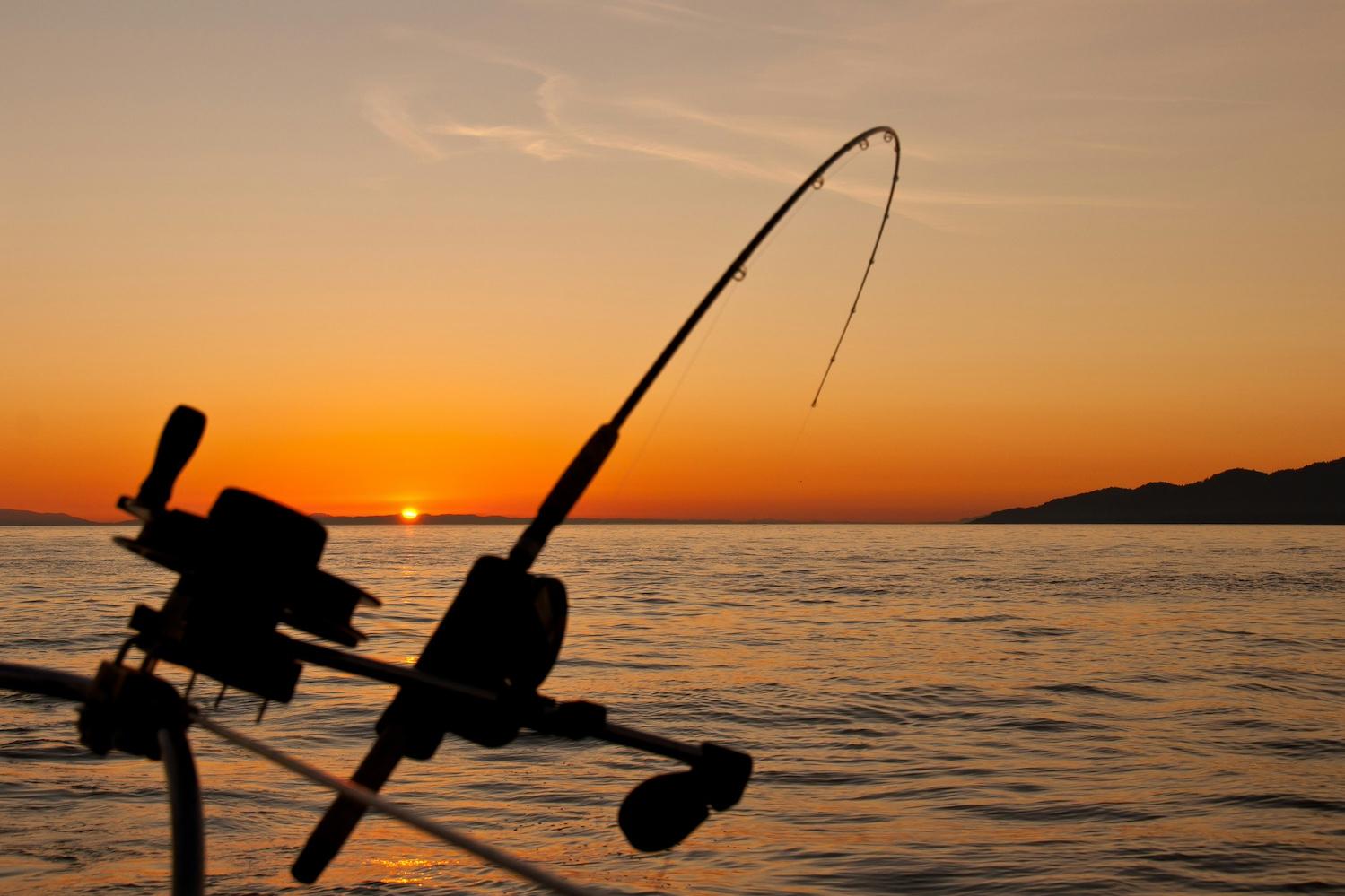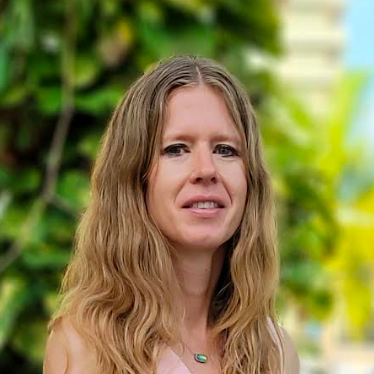
(Image: James Wheeler/Unsplash)
Sometimes there aren’t plenty more fish in the sea. Overfishing is no secret. Over 37 percent of marine fishery stocks are fished unsustainably, and that number has increased since the 1970s.
While fish have a low carbon footprint among meats, fishing fleets still contribute 0.5 to 1 percent of global carbon emissions. Farmed fish offers an alternative to wild-caught fish, but it has a host of problems. But billions of people rely on seafood for protein, and fisheries support millions of jobs across the globe. Ensuring sustainable seafood in the years to come is critical for food security and the environment.
It turns out the solution was just to the North this whole time. The largest U.S. state, Alaska, has set the bar for fisheries management. But most of its $4.7 billion market — including five species of Pacific salmon, four species of crab, Pacific cod, shrimp, herring, pollock and Pacific halibut — is shipped overseas.
The Wild Alaskan Company is focused on delivering more of Alaska’s abundant fish to consumers across all 50 states. With a mission to accelerate the country’s transition to sustainable food systems by connecting humans, wild seafood and the planet, they’re setting a high bar of their own.
Sustainable fishing in Alaska
From the beginning, Alaska has been a model of sustainable fisheries management.
“When Alaska incorporated as a state, it enshrined protections for its wild fish populations into the constitution,” said Arron Kallenberg, founder of the Wild Alaskan Company. “The state constitution mandates that fish, and other natural resources owned by the state, be managed by what's called the ‘maximum sustainable yield’ principle … The way I interpret it is in two parts: We want to maximize the resource in a sustainable manner, and we want to do it for the beneficial use of all parties.”
Alaska carefully regulates all fisheries — from subsistence to commercial — and has never had any commercially fished species on the endangered species list.
“The culture has bought into the idea of protecting these fisheries at almost every level of society,” Kallenberg said. “Those are the men and women that we work with in our supply chain, and many of them grew up fishing just like I did.”
That culture thrives due to peoples’ active participation.
“Alaska didn't get to be the global gold standard for stable fisheries management without a lot of discussion, without a lot of dialogue, without a lot of parties with different opinions — including my family members — inside Alaska, fighting for what they believe was proper fisheries management,” Kallenberg said.
In addition, much of the fishery harvest in Alaska is decentralized to individual operators, meaning no single company can dominate the harvest, Kallenberg said.
“It forces companies, and I think this is a good thing, to work with the local communities, the local fishermen and women to maintain relationships with the various fisheries throughout Alaska,” Kallenberg said.
Wild Alaskan Company’s approach
Despite Alaska’s careful management, many Americans don’t enjoy its abundant seafood.
“Most Alaskan seafood is actually sold into the international, global commodity markets, and it's not actually consumed domestically,” Kallenberg said. “It's kind of ironic that Americans aren't eating this beautiful wild sustainable seafood caught in their own backyard, Alaska.”
The Wild Alaskan Company is set on changing that.
“A lot of what we do is put high-quality sustainable Alaskan seafood on more doorsteps efficiently and cost-effectively,” Kallenberg said.
The company sources all its products from suppliers with sustainable fishing practices, fair wages and safe working conditions. It also processes all of its fish in the U.S., Kallenberg said. In contrast, some companies ship fish to other parts of the world for processing before sending it back home.
The Wild Alaskan Company also uses ground transportation for the majority of its shipping to minimize its carbon footprint. And it’s replaced Styrofoam packaging with a biodegradable, corn-based insulation called green cell foam, but it uses some plastic film in its packaging due to food safety concerns.
An emphasis on wild-caught fish
Besides meticulously sourcing its seafood, the Wild Alaskan Company only sells wild-caught fish. That’s not surprising given Alaska’s stance on this front.
“The state of Alaska then went on to enact other protections, including banning commercial finfish farming,” Kallenberg said. “Farming salmon, in particular, has a lot of negative effects if you do it in areas that have habitat for wild salmon.”
Over 50 percent of the world’s seafood is now farmed, which helps meet the growing demand. But ocean-based farming has a number of challenges, including pollution from fish food and excrement and escaped fish displacing or interbreeding with native populations. In aquaculture, fish are also kept at unnaturally high densities, creating the perfect conditions for disease.
“Those [farmed] salmon don't have the opportunity for the sick fish to be picked off by predators,” Kallenberg said. “Now you've disrupted the natural balance, so those farms have issues with the various types of infections and sea lice.”
Sea lice are parasites that proliferate in fish farms and are often controlled with harsh chemicals. Native fish passing by farms risk getting infected.
Land-based fish farms offer a solution to many of these problems, but these facilities require energy, emit greenhouse gases and produce waste. And they use other fish as feed for carnivorous animals like salmon.
“So the question is: Where is that wild fish coming from?” Kallenberg said. “What kind of fisheries is that fish coming from? Is it sustainable? Is it stuff humans would want to be eating?”
Farmed salmon is also higher in fat than wild salmon and can contain higher levels of contaminants.
Despite the ban on fish farming, Alaska does have an aquaculture industry for food such as seaweed, oysters, mussels and shellfish, Kallenberg said.
Fish for the future
We already produce over 185 million metric tons of seafood globally each year, but the demand for sustainable seafood is growing. Maintaining healthy wild fish populations benefits both humans and the environment. Fish are an important part of marine ecosystems by modifying habitats, cycling nutrients, and playing a critical role as predators, prey and herbivores. Ending overfishing could increase the resilience of fish and marine ecosystems to climate change.
Businesses balancing our needs with those of the planet, like the Wild Alaskan Company, are making a long-term commitment to our future.
“We're doing it for the fish, we're doing it for the environment, the people, the fishermen and the women,” Kallenberg said. “And it's our legacy.”

Ruscena Wiederholt is a science writer based in South Florida with a background in biology and ecology. She regularly writes pieces on climate change, sustainability and the environment. When not glued to her laptop, she likes traveling, dancing and doing anything outdoors.














